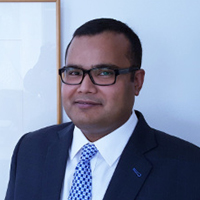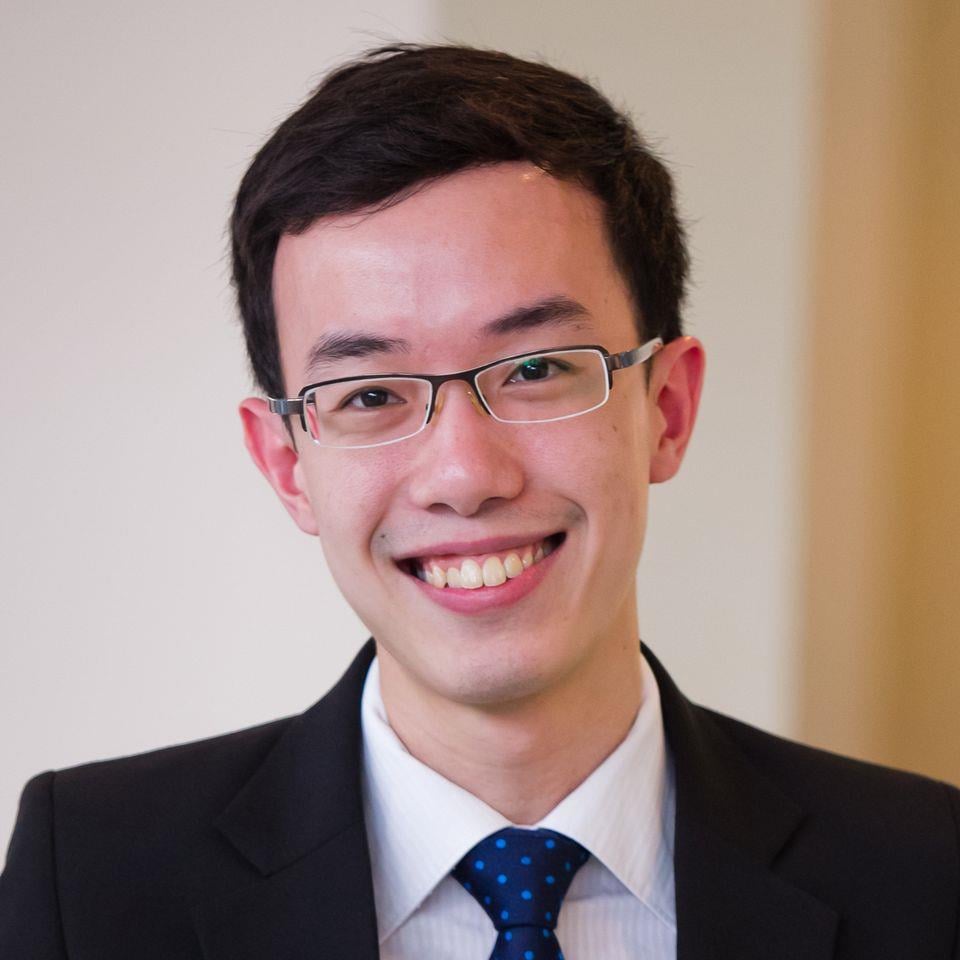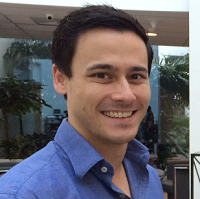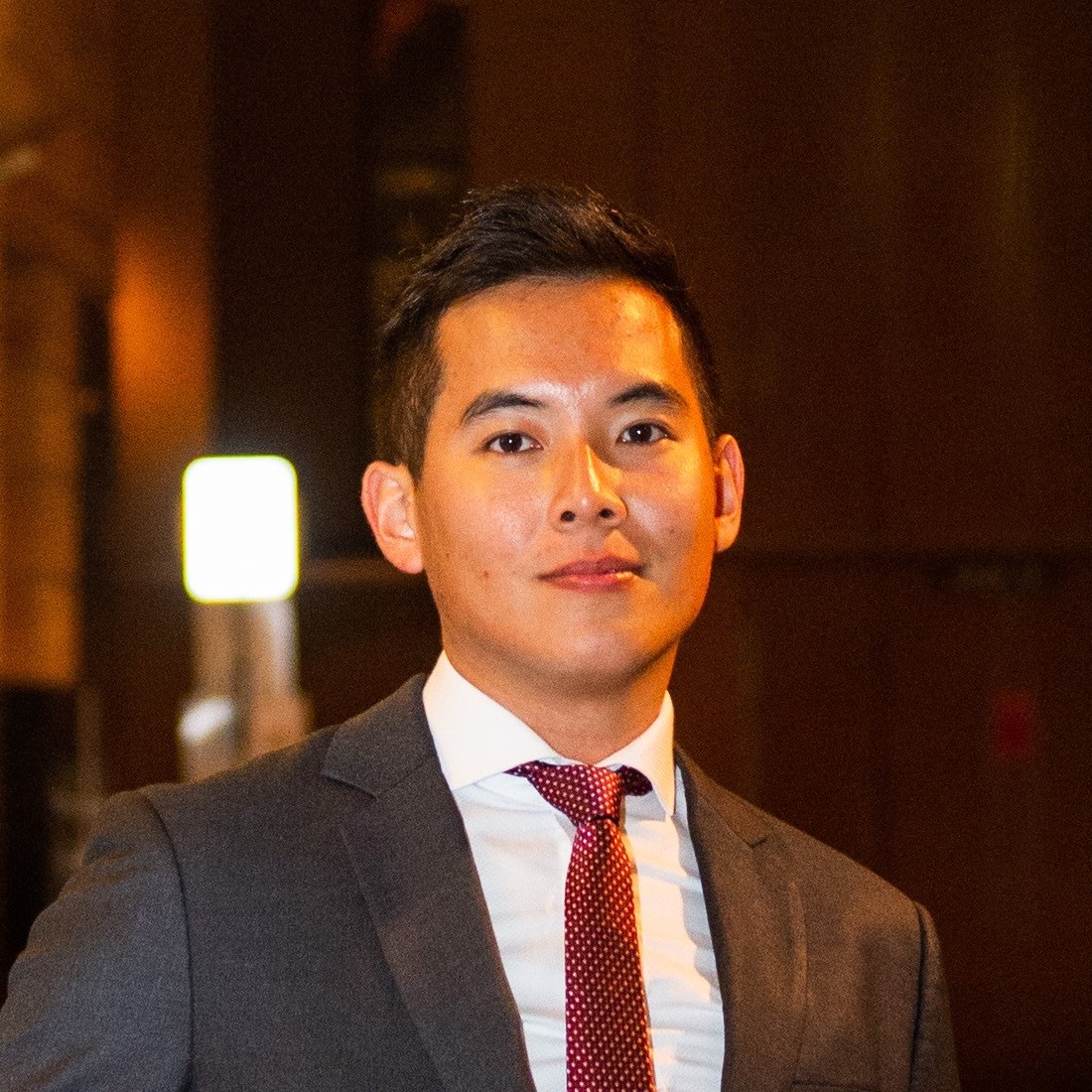INSEAD gives you the tools and frameworks to think strategically.
Himadri Bora

What were your goals on starting the programme?
I had the following goals in order of priority: getting the INSEAD brand on my profile; getting on the alumni network for connections; and learning finance, which I had never studied at an advanced level before.
Have you achieved these goals?
As I reach the end of the programme and reflect on the benefits, I find that the list has reversed. The impact of learning has been the most important. Next is the network and last is the brand. Don't get me wrong. The INSEAD brand is amazing, but that’s probably because of the learning, the professors, the network and the infrastructure – not the other way around.
Can you try to describe this all-important learning experience?
Finance theory can be picked up from textbooks. And you can learn how to run Excel formulas from the Internet. But INSEAD gives you the tools and frameworks to think strategically. Take international corporate finance, for instance. A typical textbook teaches a bunch of formulas but not the key questions to ask on entering a foreign market. Should I partner with someone locally or go it alone? What does a good partner look like? What are the criteria for choosing? What’s the better foreign currency hedge in the long term – financial or industrial? These are the “high-value” strategic issues, especially at senior levels of an organisation.
What surprised you most about the curriculum?
It was probably the opportunity to roll up my sleeves and get my hands dirty. This is one of the things that really differentiates the INSEAD Executive Master in Finance. You spend time learning a formula or concept but quickly move to the “so what?” – the real-world applications as well as the intuitions behind it.
Can you explain what you mean by "getting your hands dirty"?
Take portfolio management. In a typical exam for a professional finance designation, you learn formulas, sit an exam, receive various inputs and answer a multiple choice question as fast as you can to prove that you understand the concept.
At INSEAD, we did it very differently. We were taught the concepts in class and given a case study that had years of raw data for different asset classes. We spent time going through the data, computing returns and co-variances, creating optimal portfolios, playing around by adding and removing asset classes, and then assessing how volatility and returns were affected. We critiqued key assumptions, discussed, debated and finally made our submissions.
Why was this method so effective?
You learn at a very fundamental level. A few years from now, I may forget the exact formulas, but I’ll remember what the drivers were and where to focus.
What advice do you have for future students?
Extract the maximum benefit and gain a wide spectrum of knowledge you’ll need for a more senior role in the future. Being in the INSEAD Executive Master in Finance programme is probably like driving a Ferrari on an autobahn in Germany. It's a pity if you don’t go in with a heavy foot!




